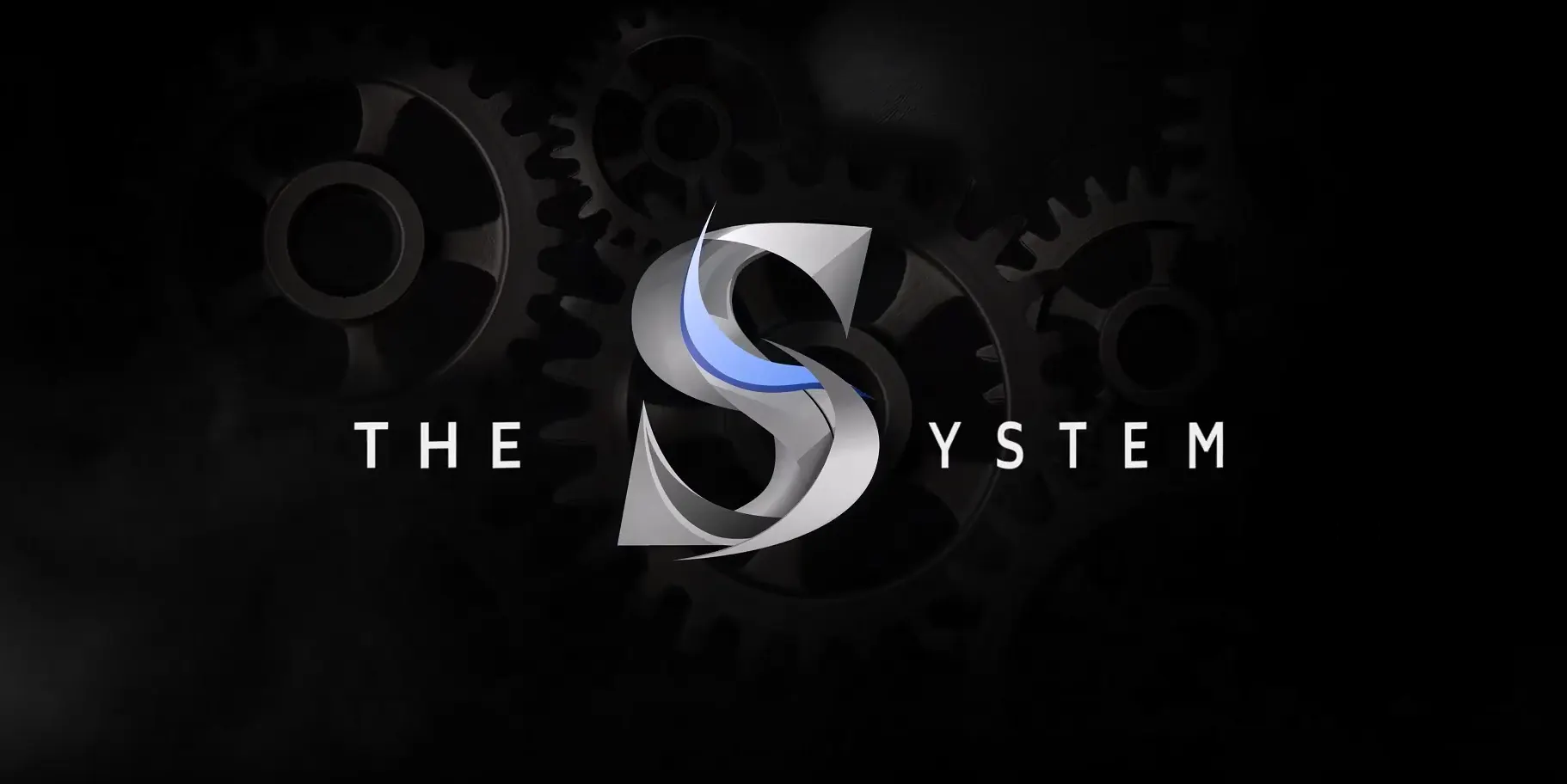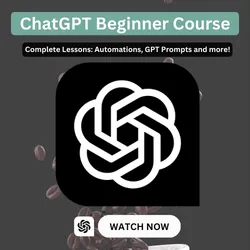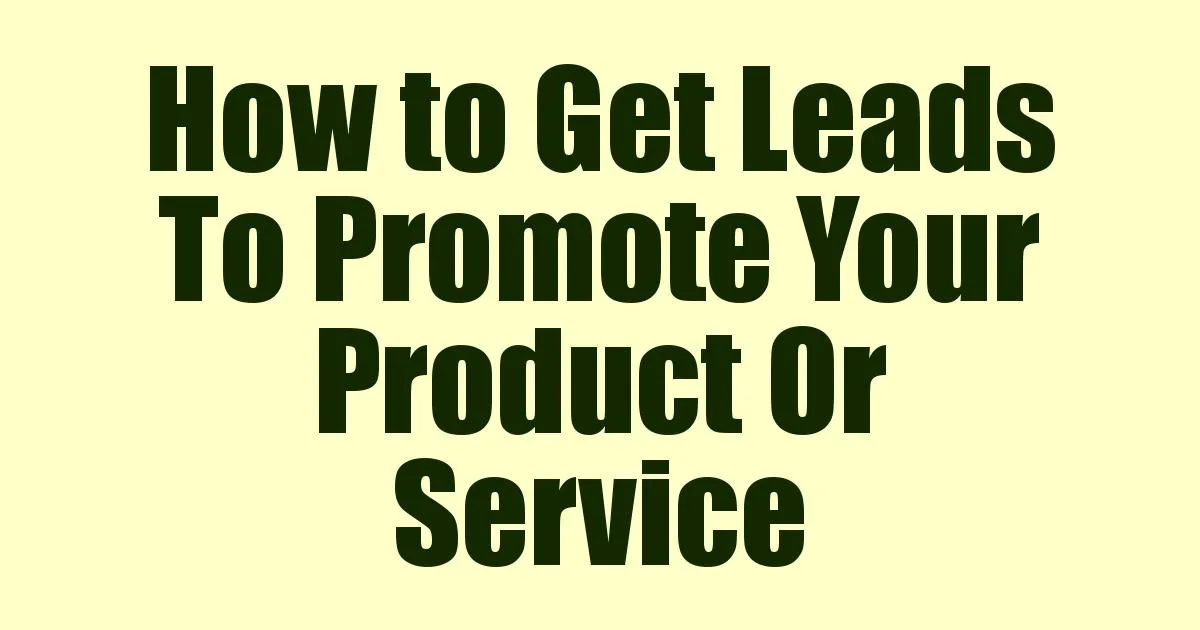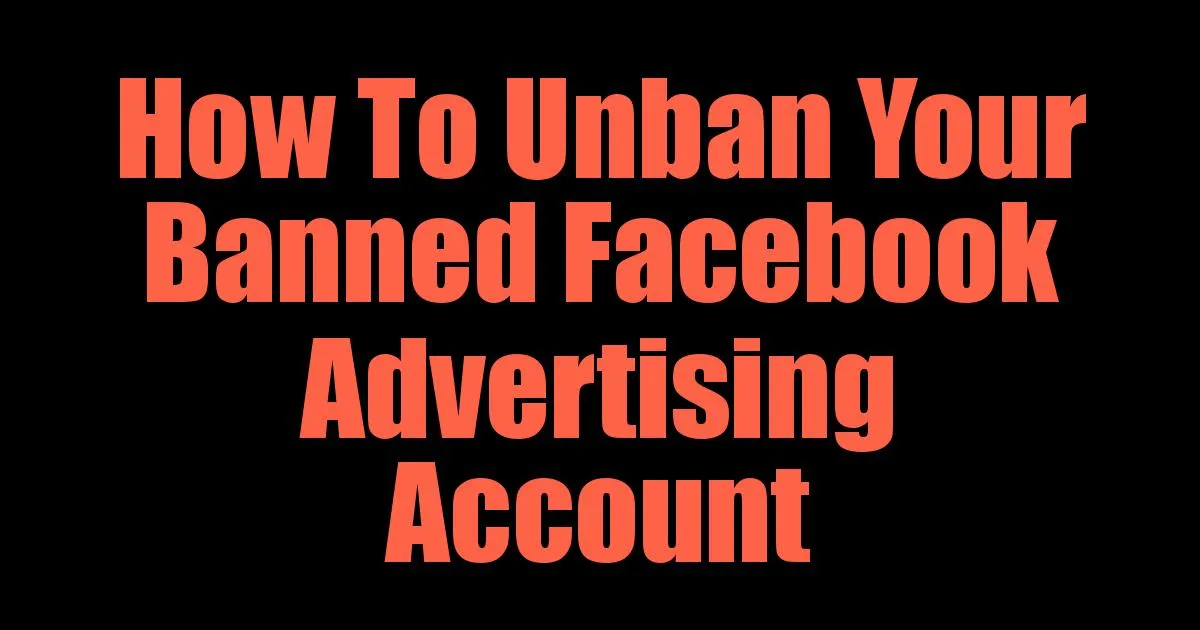Why is an Email List Important?
An email list is a collection of email addresses that you can use to communicate with your audience, promote your products or services, and build trust and loyalty. An email list is important because:
- It allows you to reach your target market directly and personally, without relying on third-party platforms or algorithms.
- It helps you to increase your website traffic, conversions, and sales, by sending relevant and valuable content to your subscribers.
- It enables you to create a long-term relationship with your audience, by providing them with useful information, tips, offers, and feedback.
- It gives you the opportunity to segment your audience based on their interests, preferences, behavior, and actions, and tailor your messages accordingly.
- It empowers you to test and optimize your marketing strategies, by measuring the performance of your email campaigns and making data-driven decisions.

Which Priorities are Important While Building an Email List?
Building an email list is not just about collecting as many email addresses as possible. It is also about ensuring that your email list is of high quality, relevance, and volume. Here are some of the priorities that you should consider while building an email list:
Quality
Quality refers to the validity and deliverability of your email addresses. You want to make sure that your email list consists of real people who have given you permission to contact them, and who are interested in what you have to offer. To ensure quality, you should:
- Use a reputable email service provider (ESP) that can verify and clean your email list regularly.
- Use a double opt-in process that requires your subscribers to confirm their subscription before receiving your emails.
- Avoid buying or renting email lists from third-party sources that may contain spam traps, invalid addresses, or uninterested recipients.
- Provide an easy and visible way for your subscribers to unsubscribe from your emails if they wish to do so.

Relevance
Relevance refers to the match between your email content and your audience’s needs and expectations. You want to make sure that your email list receives the right message at the right time, and that your emails provide value and benefit to your subscribers. To ensure relevance, you should:
- Define your target audience and their pain points, goals, challenges, and desires.
- Create a lead magnet that offers a solution to your audience’s problem or a benefit to their situation, and entices them to join your email list.
- Segment your email list based on various criteria, such as demographics, location, interests, behavior, actions, etc.
- Personalize your emails with the subscriber’s name, location, preferences, history, etc.
- Send timely and triggered emails based on the subscriber’s actions or events.
Volume
Volume refers to the size and growth of your email list. You want to make sure that your email list has enough subscribers to achieve your marketing objectives, and that you are constantly adding new subscribers to your list. To ensure volume, you should:
- Create a landing page or a website that showcases your lead magnet and encourages visitors to sign up for your email list.
- Use various channels and platforms to drive traffic to your landing page or website, such as social media, blogs, podcasts, videos, webinars, etc.
- Use pop-ups, banners, forms, buttons, or widgets on your website or blog that capture the visitor’s attention and invite them to join your email list.
- Use incentives or rewards to motivate your subscribers to refer their friends or family members to join your email list.
- Use contests or giveaways to attract new subscribers and generate buzz around your brand.
Caution
Caution refers to the risks and challenges that you may face while building an email list. You want to make sure that you comply with the laws and regulations that govern email marketing, and that you respect the privacy and security of your subscribers. To ensure caution, you should:
- Follow the rules and best practices of the CAN-SPAM Act in the US, the GDPR in the EU, or any other relevant legislation in your region or country.
- Include a clear and conspicuous disclosure of who you are, why you are contacting the subscriber, and how they can opt out of future emails.
- Include a valid physical address or PO box where you can be contacted by mail.
- Use encryption or SSL certificates to protect the data that you collect from your subscribers.
- Monitor and respond to any complaints or feedback from your subscribers or authorities.
Conclusion
An email list is one of the most powerful assets that you can have as a marketer. It allows you to connect with your audience directly and personally, increase your website traffic, conversions, and sales, create a long-term relationship with your audience, segment and personalize your messages, test and optimize your marketing strategies. However, building an email list is not just about collecting email addresses. It is also about ensuring quality, relevance, volume, and caution. By following the priorities and tips that we have discussed in this article, you can build an email list that will help you achieve your marketing goals and grow your business.
FAQ
- Q: How do I choose an email service provider (ESP)?
- A: An ESP is a company that provides the tools and services that you need to create, send, and manage your email campaigns. Some of the factors that you should consider when choosing an ESP are:
- The features and functionality that they offer, such as templates, segmentation, personalization, automation, analytics, etc.
- The pricing and plans that they have, such as monthly fees, pay-as-you-go, or free trials.
- The reputation and reliability that they have, such as deliverability rates, customer support, reviews, testimonials, etc.
- Q: How do I create a lead magnet?
- A: A lead magnet is a free offer that you give to your visitors in exchange for their email address. Some of the steps that you should follow when creating a lead magnet are:
- Identify your target audience and their pain points, goals, challenges, and desires.
- Choose a type of lead magnet that suits your audience and your niche, such as an ebook, a checklist, a cheat sheet, a video, a webinar, etc.
- Create a catchy title and a compelling copy that highlights the benefits and value of your lead magnet.
- Design a professional and attractive cover and layout for your lead magnet.
- Deliver your lead magnet to your subscribers via email or download link.
- Q: How do I segment my email list?
- A: Segmenting your email list means dividing your subscribers into smaller groups based on various criteria, such as demographics, location, interests, behavior, actions, etc. Some of the benefits of segmenting your email list are:
- It allows you to send more relevant and personalized messages to your subscribers.
- It improves your open rates, click-through rates, and conversion rates.
- It reduces your unsubscribe rates and spam complaints.
- Some of the ways that you can segment your email list are:
- Using the data that you collect from your subscribers when they sign up for your email list, such as name, email address, location, preferences, etc.
- Using the data that you track from your subscribers when they interact with your emails or website, such as opens, clicks, purchases, downloads, etc.
- Using surveys or quizzes to ask your subscribers for more information or feedback about their needs and expectations.
- Q: How do I personalize my emails?
- A: Personalizing your emails means using the information that you have about your subscribers to tailor your messages accordingly. Some of the benefits of personalizing your emails are:
- It makes your subscribers feel more valued and appreciated.
- It increases your engagement and loyalty with your subscribers.
- It boosts your response and conversion rates.
- Some of the ways that you can personalize your emails are:
- Using the subscriber’s name or other details in the subject line or greeting of your email.
- Using dynamic content or merge tags to insert relevant information or offers based on the subscriber’s profile or behavior.
- Using conditional logic or rules to display different content or images based on the subscriber’s segment or action.
- Q: How do I measure the performance of my email campaigns?
- A: Measuring the performance of your email campaigns means tracking and analyzing the data and metrics that show how well your emails are performing. Some of the benefits of measuring the performance of your email campaigns are:
- It helps you to evaluate the effectiveness and efficiency of your email marketing strategy.
- It helps you to identify the strengths and weaknesses of your email campaigns.
- It helps you to make data-driven decisions and improvements for future email campaigns.
- Some of the metrics that you should measure for your email campaigns are:
- Open rate: The percentage of subscribers who opened your email.
- Click-through rate: The percentage of subscribers who clicked on a link in your email.
- Conversion rate: The percentage of subscribers who completed a desired action after clicking on a link in your email.
- Unsubscribe rate: The percentage of subscribers who opted out of receiving future emails from you.
- Bounce rate: The percentage of emails that were not delivered to the subscriber’s inbox due to various reasons.









